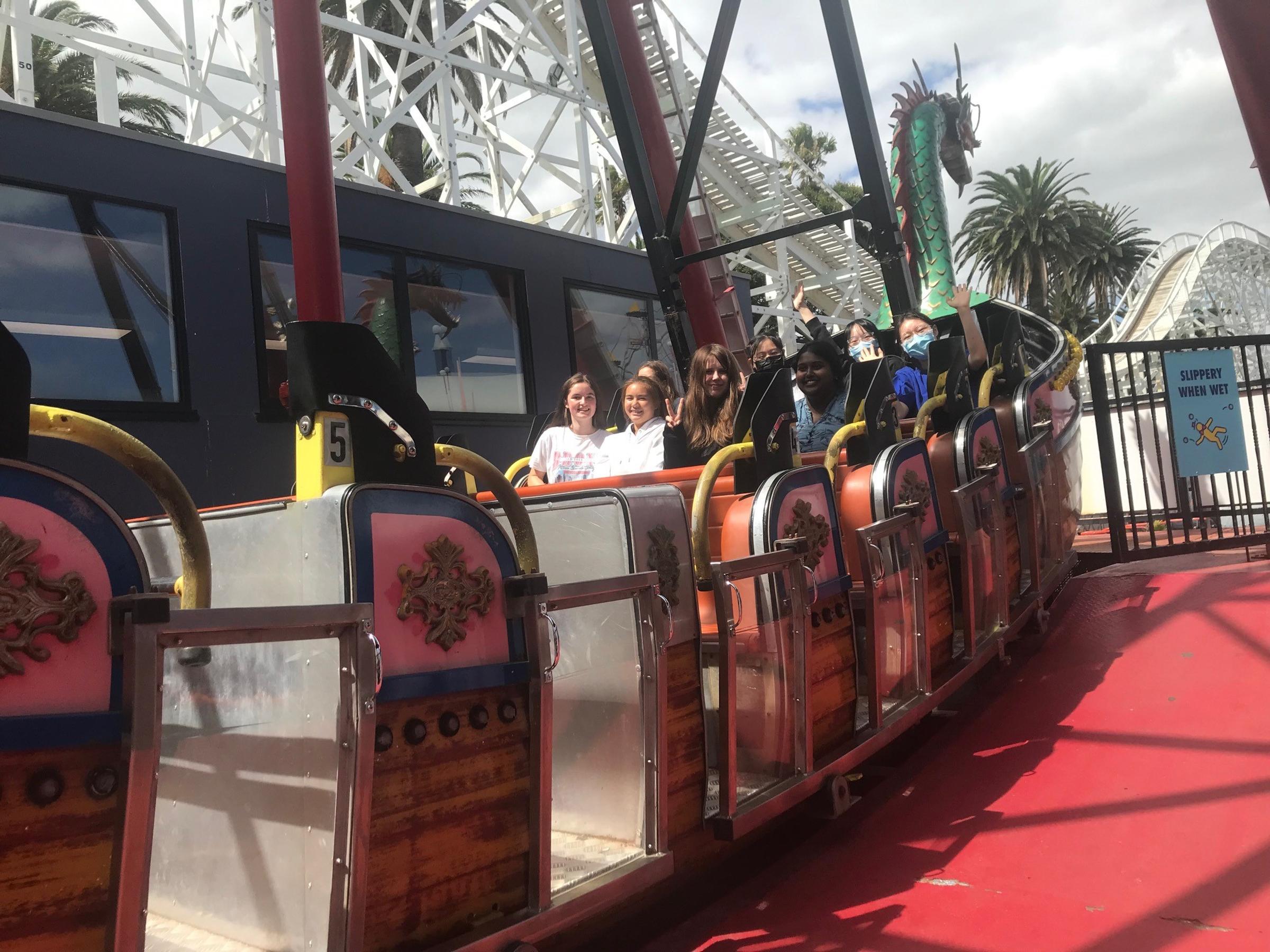Physics

Unit 1: How is energy useful to society?
How are light and heat explained?
In this area of study, students study light using the wave model and thermal energy using a particle model forming an understanding of the fundamental physics ideas of reflection, refraction and dispersion. They use these to understand observations made of the world such as mirages and rainbows. They investigate energy transfers and explore how light and thermal energy relate to one another. They apply light ideas to explain how light is used through optical fibres in communication, and how physics is used to inform global warming and climate change.
How is energy from the nucleus utilised?
In this area of study, students build on their understanding of energy to explore energy that derives from the nuclei of atoms. They learn about the properties of the radiation from the nucleus and the effects of this radiation on human cells and tissues and apply this understanding to the use of radioisotopes in medical therapy. Students explore the transfer of energy from the nucleus through the processes of fission and fusion and apply these ideas to evaluate the viability of nuclear energy as an energy source for Australia.
How can electricity be used to transfer energy?
In this area of study, students develop conceptual models to analyse electrical phenomena and undertake practical investigations of circuit components. Concepts of electrical safety are developed through the study of safety mechanisms and the effect of current on humans. Students apply and critically assess mathematical models during experimental investigations of DC circuits. They explore electrical safety and the use of transducers to transfer energy in common devices.
Unit 2: How does physics help us to understand the world?
How is motion understood?
In this area of study, students describe and analyse graphically, numerically and algebraically the energy and motion of an object, using specific physics terminology and conventions. They consider the effects of balanced and unbalanced forces on motion and investigate the translational and rotational forces on static structures. Students apply mathematical models during experimental investigations of motion, and apply their understanding of motion and force through a case study.
Options: How does physics inform contemporary issues and applications in society?
In this area of study, students develop a deeper understanding of an area of interest within diverse areas of physics. They select from eighteen options, explore the related physics and use this physics to form a stance, opinion or solution to a contemporary societal issue or application. In their explorations, a range of investigation methodologies may be used by students.
How do physicists investigate questions?
Systematic experimentation is an important aspect of physics inquiry. In this area of study, students adapt or design and then conduct a scientific investigation to generate appropriate primary qualitative and/or quantitative data, organise and interpret the data, and reach and evaluate a conclusion in response to the research question
Unit 3: How do fields explain motion and electricity?
On completing this unit students should be able to:
- Analyse gravitational, electric and magnetic fields and use these to explain the operation of motors and particle accelerators and the orbits of satellites.
- Analyse and evaluate an electricity generation and distribution system.
- Investigate motion and related energy transformation experimentally, analyse motion using newton’s laws and explain motion of objects travelling at very large speeds using Einstein’s theory of special relativity.
Unit 4: How can two contradictory models explain both light and matter?
On completing this unit students should be able to:
- Apply wave concepts to analyse, interpret and explain the behaviour of light
- Provide evidence for the nature of light and matter, and analyse data from experiments that support this evidence
- Design and undertake a practical investigation related to waves or fields or motion, and present methodologies, findings and conclusions in a scientific posterUnit 1 & Unit 2
